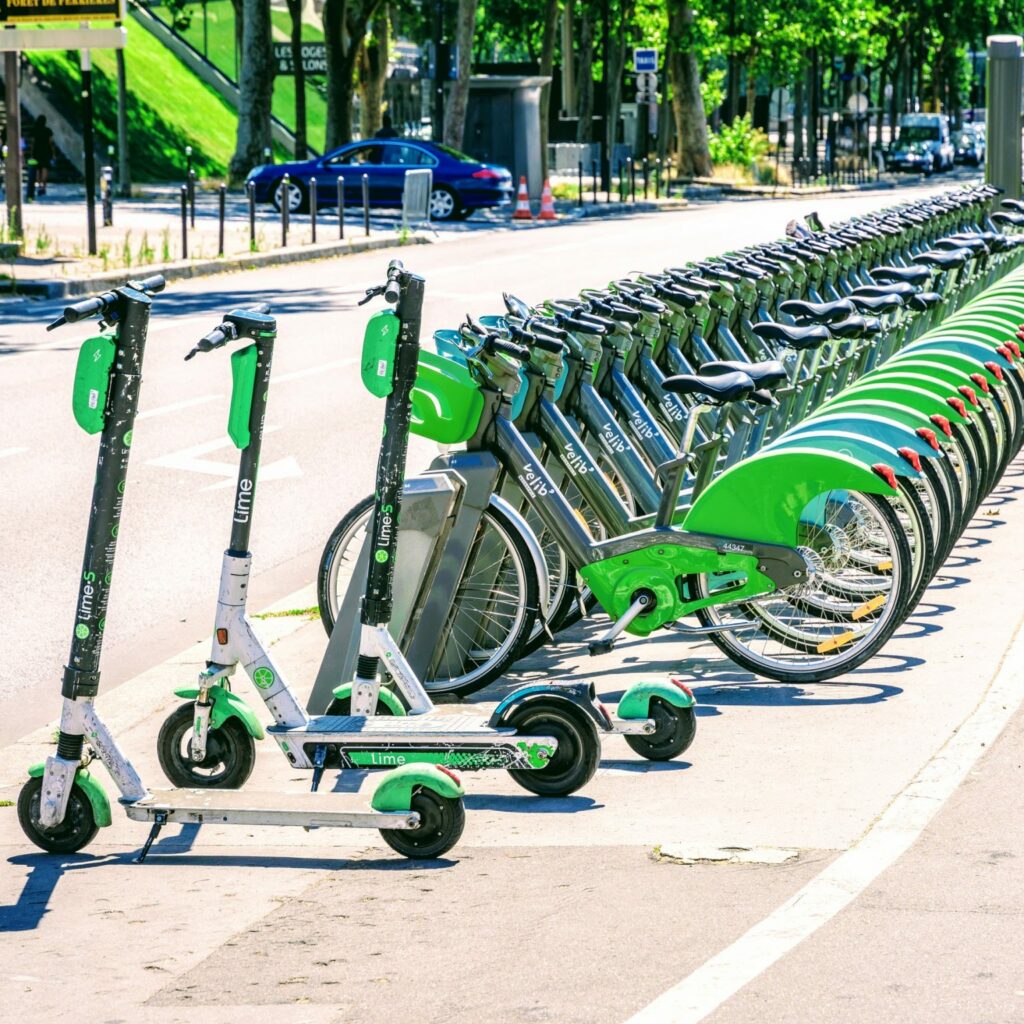
As urban areas continue to face challenges with congestion and pollution, micromobility solutions have emerged as a promising alternative mode of transportation. From e-scooters to bike-sharing programs, micromobility offers convenience and sustainability. However, like any innovation, there are pros and cons to consider. In this post, we’ll explore the nuanced landscape of micromobility, delving into its advantages, drawbacks, and the potential impact on our communities.
Pros of Micromobility
Micromobility presents a myriad of benefits, starting with its positive impact on urban congestion. By providing compact modes of transit, such as e-scooters and electric bicycles, micromobility can ease traffic and reduce the environmental footprint. Additionally, these options offer an economical means of transport, making them accessible to diverse demographics. Moreover, the inherent nimbleness of micromobility solutions lends itself to convenient short-trip commutes, particularly in crowded urban settings.
Cons of Micromobility
While micromobility holds promise, it is not without challenges. Safety concerns have been a significant point of contention, ranging from accidents involving riders and pedestrians to issues surrounding infrastructure integration. Moreover, the influx of shared micro-vehicles has sparked debates over cluttered sidewalks and proper parking practices. Furthermore, the sustainability claims of some micromobility companies have come under scrutiny, as the lifecycle impacts of these devices and their manufacturing processes draw scrutiny.
The Social Impact
In delving deeper into micromobility, we uncover a social mosaic. On one hand, it fosters active living and enhances accessibility, catering to those with mobility limitations. On the other, equitable access to micromobility services remains a question. Additionally, cultural perceptions and regulatory tensions come into play, shaping the societal reception of these modern transit solutions.
The Potential of Micromobility
Looking forward, there is compelling potential for micromobility to reshape how we navigate our urban environments. The integration of these solutions with existing public transportation networks presents an exciting prospect for seamless multi-modal transit. Innovations in IoT and data analytics may bolster the efficiency of micromobility systems, enhancing user experiences and operational management. Moreover, there’s room for policy interventions to steer the trajectory of micromobility towards a more sustainable and inclusive future.
Conclusion: Riding the Micromobility Wave: Balancing Progress and Caution
In conclusion, the landscape of micromobility is a complex tapestry, weaving together urban dynamics, environmental sustainability, and societal interactions. While the advantages of micromobility are notable, it’s crucial to address the pitfalls and adopt a holistic approach in fostering its growth. To realize the full potential of micromobility, stakeholders, from city officials to technology innovators, must collaborate in steering its evolution responsibly. With careful navigation, micromobility can significantly contribute to redefining modern transit, offering a mosaic of benefits while mitigating its drawbacks.

I completely agree that a balanced approach is necessary to maximize the benefits of micromobility. It’s exciting to think about the possibilities, but safety should always be a top priority.
Thank you for sharing your thoughts on the importance of a balanced approach to micromobility, May Ling Tan! We couldn’t agree more on prioritizing safety and exploring the exciting possibilities that micromobility has to offer. If you have any concerns or suggestions on how we can improve our services, don’t hesitate to reach out to us at [email protected] or +60 3-7890 3042.
It’s interesting to note the intersection of micromobility and IoT and data analytics. How can we harness these technologies to improve the efficiency and safety of micromobility?
We’re glad you brought up the intersection of micromobility and IoT/data analytics! Eko Life Malaysia envisions a future where our micro-mobility solutions seamlessly integrate with data analytics and IoT to maximize safety, efficiency, and user experience. For instance, we leverage data to identify high-risk areas and make recommendations for improved infrastructure planning. Moreover, our IoT-enabled devices can provide real-time information on traffic conditions and available parking spots, optimising commuters’ journey. If you have more questions about this or would like to discuss further, kindly reach us at [email protected] or +60 3-7890 3042.
What are some effective policy interventions that can steer micromobility towards sustainability and inclusivity? That would be a great topic for a follow-up blog post.
Thank you, Ling Wee Mohan, for your thought-provoking comment! Effective policy interventions are crucial in steering micromobility towards sustainability and inclusivity. Some of the policy interventions that come to mind include implementing congestion pricing, incorporating micromobility infrastructure into urban planning, and establishing clear guidelines for the use of public spaces. We also agree that a follow-up blog post on this topic would be a great opportunity to delve deeper into these ideas and more. At Eko Life Malaysia, we believe in the potential of micromobility to transform our communities, and we’re committed to working with governments, industry leaders, and individuals to create a more sustainable and inclusive transportation system. If you’d like to discuss this topic further or have any ideas for our next blog post, please don’t hesitate to reach out to us at [email protected] or +60 3-7890 3042.